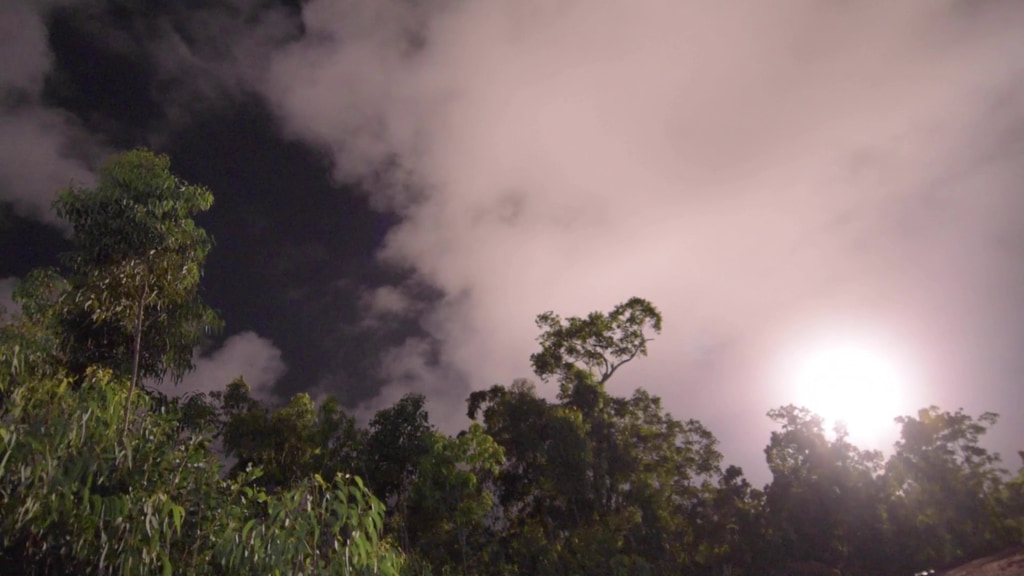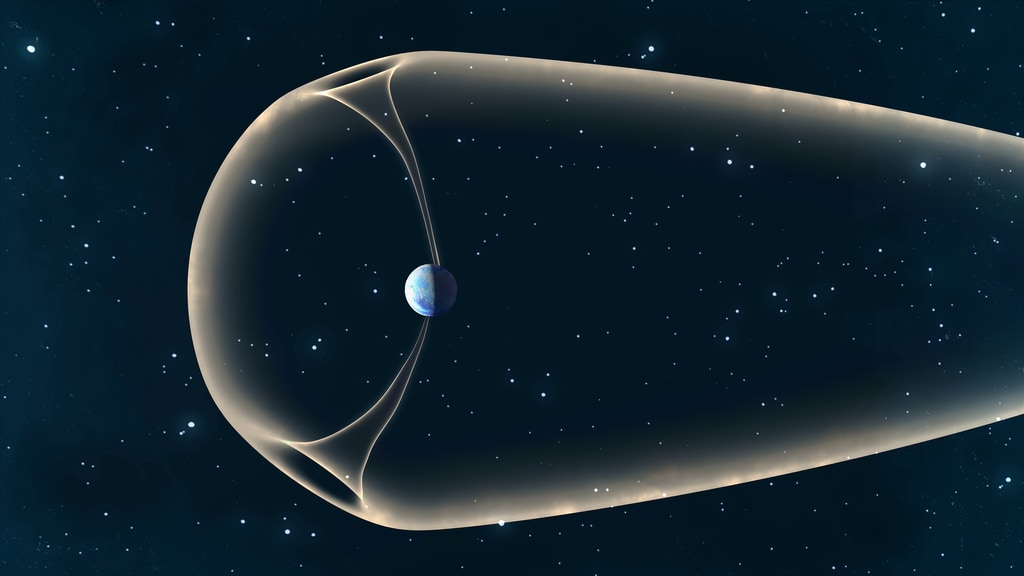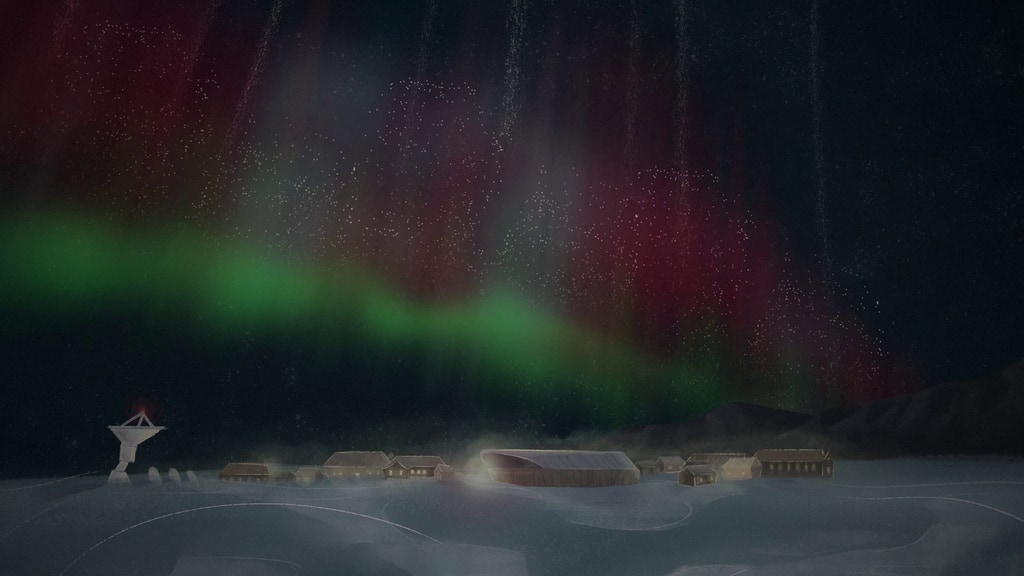Sounding Rocket Animations
A sounding rocket is able to carry science instruments between 30 - 300 miles above Earth's surface. These altitudes are typically too high for science balloons and too low for satellites to access safely making sounding rockets the only platforms that can carry out direct in situ measurements in these regions.
This animation is annoted with the altitudes.
A sounding rocket is able to carry science instruments between 30 - 300 miles above Earth's surface. These altitudes are typically too high for science balloons and too low for satellites to access safely making sounding rockets the only platforms that can carry out direct in situ measurements in these regions.
This animation is not annoted with the altitudes.
Credits
Please give credit for this item to:
NASA's Goddard Space Flight Center
-
Animators
- Josh Masters (USRA)
- Josh Masters (Freelance)
Release date
This page was originally published on Thursday, May 9, 2019.
This page was last updated on Wednesday, May 3, 2023 at 1:45 PM EDT.



![Watch this video on the NASA Goddard YouTube channel.Complete transcript available.Music credits: “Journey to the Past”, “New Philosopher”, “Curiosity Cabinet”, “Buzzing Culture”, “Dusk Theories”, “At the Edge of the End” by Laurent Dury [SACEM]; “Strong Voices” by Tom Caffey [ASCAP]; “The Fortune Teller” by Phil Stevens [PRS]; “Shinobi’s Fight” by Benoit Malis [SACEM]; “Spring into Life” by Oliver Worth [PRS]](/vis/a010000/a013400/a013430/VISIONS2_Thumbnail.jpg)